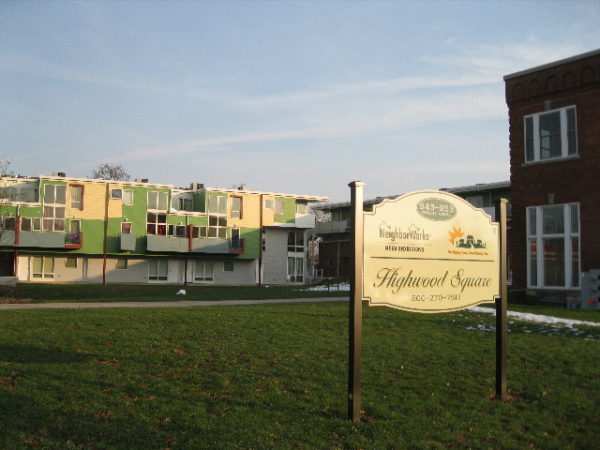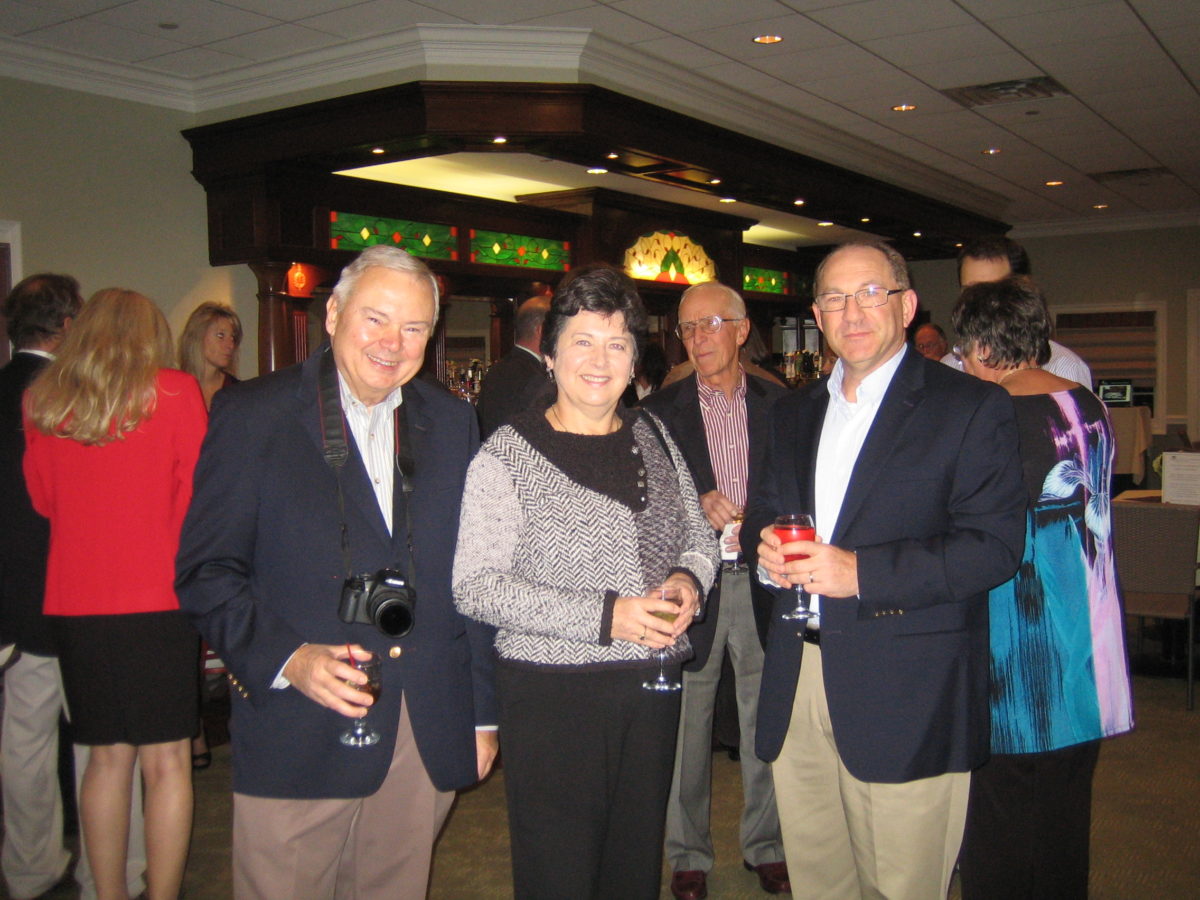
It”™s an old concept that lost its luster decades ago, but now mixed-use, mixed-income housing is once again a desirable housing alternative with Highwood Square in Hamden serving as a model for those in economic development to focus on.
The most appealing part for those who invested in the $10.4 million project is it makes money. Because it is profitable, investors such as Webster Bank and the state of Connecticut, would like to see similar projects statewide.
Before it became Highwood Square, the property was home to the 100,000-square-foot Johnson Wholesale Perfume Co. factory and the 12,000-square-foot Nabisco Bakery. After it became vacant, it fell into disrepair. It was in 2000 that the city of Hamden acquired the dilapidated property. NeighborWorks New Horizons, a nonprofit organization whose mission is to develop quality affordable housing, came on board and navigated through the troubled economic waters of the recession to secure tax credits and investment loans.
It is now a 27-unit, mixed-use affordable housing complex for artists. Rents range from around $280 to a market rate of $1,300.
The building stands as a sign of transition in Hamden and has successfully provided a sustainable living alternative to an area that needed a boost.
Selia Mosquera, executive director of the nonprofit NeighborWorks New Horizons, is delighted with its success.
According to Mosquera, the artists who rent space in the complex pay for its use and therefore help sustain NeighborWorks”™ investment.
“We can support the operator side so we can (keep) the classification, otherwise we would have to act as a for-profit developer on the business side.”
NeighborWorks is expanding its reach in developing projects in Bridgeport. It is in the process of transforming Elias House, an old school building, into housing for the elderly.
That transformative quality in housing development is attractive to developers throughout the state and beyond.
Recently, the Federal Reserve Bank of Boston, Federal Home Loan Bank of Boston, NeighborWorks New Horizons and the Community Economic Development Fund in Meriden held a panel discussion about the sustainable housing development concept, focusing on Highwood Square. What was established there is both interest in such projects and a pool of money.
Over the past two years the U.S. Department of Housing and Urban Development (HUD) has distributed 152 Sustainable Communities Grants, totaling $240 million to communities and regions across the country. The reason, according to HUD is to help the nation”™s economic recovery.
Last year, two of those grants went to Stamford and Mansfield in Connecticut. Both for-profit and nonprofit development organizations are capitalizing on that commitment that has trickled down from federal to state to local governments.
Ed LaChance, program manager with the Office of Housing Finance, Department of Economic and Community Development, said, “I think the environment is right for it.” He added, “That money allows for more of mixed use mixed income housing community.”
Metro Green, one of the first green affordable housing developments in the state, opened in Stamford this past summer and is another highly touted example of mixed-income sustainable housing.
Michael Freimuth worked in Stamford and helped facilitate the development projects such as the building NBC Sports and others that would help spur the city”™s economic growth. He recently took the helm of the Capital Region Development Authority (CRDA), which replaced the entity known as the Capital City Economic Development Authority. The agency is charged with stimulating economic growth in the Capital region. One of the ways CRDA is hoping to achieve that is through the promotion of mixed-use development in that area.
“What many cities have been doing is focusing on how to attract a younger generation, as well as building a housing stock and a retail component that attracts that labor force so they”™re working in tandem,” Freimuth said.
He said that”™s the idea in Hartford, “you need to have the right combination of housing, retail and entertainment putting all this together in a strategy is the art for development.”
Proven examples, plus tax credits and investors at the ready are fueling the momentum of mixed-use, mixed-income communities. For those communities, however, there also needs to be a mix of support. Developers need the support of those in desired locations. There has to be consensus to move forward with such projects that can typically change the neighborhoods.
Dara Kovel, chief housing officer with the Connecticut Housing Finance Authority, said, “There are a lot of places where people don”™t understand the kind of capital it takes, the kind of patience it takes, the kind of community support it takes and just the effort that is involved.”





















Comments 1